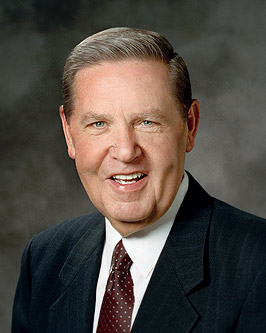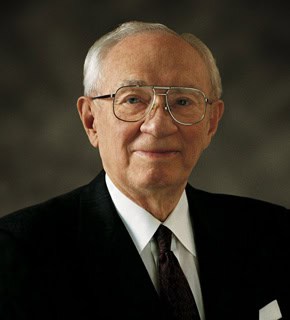Council of Nicaea
SEARCH BY TITLE
 The Only True God and Jesus Christ Whom He Has Sent
The Only True God and Jesus Christ Whom He Has Sent
In the year A.D. 325 the Roman emperor Constantine convened the Council of Nicaea to address—among other things—the growing issue of God’s alleged “trinity in unity.” What emerged from the heated contentions of churchmen, philosophers, and ecclesiastical dignitaries came to be known (after another 125 years and three more major councils) as the Nicene Creed, with later reformulations such as the Athanasian Creed. These various evolutions and iterations of creeds—and others to come over the centuries—declared the Father, Son, and Holy Ghost to be abstract, absolute, transcendent, immanent, consubstantial, coeternal, and unknowable, without body, parts, or passions and dwelling outside space and time. In such creeds all three members are separate persons, but they are a single being, the oft-noted “mystery of the trinity.” They are three distinct persons, yet not three Gods but one. All three persons are incomprehensible, yet it is one God who is incomprehensible. We agree with our critics on at least that point—that such a formulation for divinity is truly incomprehensible. With such a confusing definition of God being imposed upon the church, little wonder that a fourth-century monk cried out, “Woe is me! They have taken my God away from me, … and I know not whom to adore or to address.” How are we to trust, love, worship, to say nothing of strive to be like, One who is incomprehensible and unknowable? What of Jesus’s prayer to His Father in Heaven that “this is life eternal, that they might know thee the only true God, and Jesus Christ, whom thou hast sent”? It is not our purpose to demean any person’s belief nor the doctrine of any religion. We extend to all the same respect for their doctrine that we are asking for ours. (That, too, is an article of our faith.) But if one says we are not Christians because we do not hold a fourth- or fifth-century view of the Godhead, then what of those first Christian Saints, many of whom were eyewitnesses of the living Christ, who did not hold such a view either? We declare it is self-evident from the scriptures that the Father, the Son, and the Holy Ghost are separate persons, three divine beings, noting such unequivocal illustrations as the Savior’s great Intercessory Prayer just mentioned, His baptism at the hands of John, the experience on the Mount of Transfiguration, and the martyrdom of Stephen—to name just four.
 The Stone Cut Out of the Mountain
The Stone Cut Out of the Mountain
Realizing the importance of knowing the true nature of God, men had struggled to find a way to define Him. Learned clerics argued with one another. When Constantine became a Christian in the fourth century, he called together a great convocation of learned men with the hope that they could reach a conclusion of understanding concerning the true nature of Deity. All they reached was a compromise of various points of view. The result was the Nicene Creed of A.D. 325. This and subsequent creeds have become the declaration of doctrine concerning the nature of Deity for most of Christianity ever since. I have read them all a number of times. I cannot understand them. I think others cannot understand them. I am sure that the Lord also knew that many would not understand them. And so in 1820, in that incomparable vision, the Father and the Son appeared to the boy Joseph. They spoke to him with words that were audible, and he spoke to Them. They could see. They could speak. They could hear. They were personal. They were of substance. They were not imaginary beings. They were beings tabernacled in flesh. And out of that experience has come our unique and true understanding of the nature of Deity.
